- Home
- About
- Hospitals
-
Treatments
- Orthopedic & Spine
- Knee Replacement
- Carpal Tunnel Release
- Rotator Cuff Repair
- Meniscus Repair / Meniscectomy
- Total Hip Replacement (THR)
- Total Shoulder Replacement
- Arthroscopy
- Ligament Reconstruction
- Spinal Fusion
- Discectomy
- Laminectomy
- Spinal Decompression
- Vertebroplasty and Kyphoplasty
- Fracture Repair
- ACL Reconstruction
- Tendon Repair
- Osteotomy
- Amputation
- Pediatric and Adult Cardiac
- Neuroscience
- Oncology
- Nephrology & KTP
- Gastroenterology & Hepatobiliary
- Obstetrics and Gynaecology
- Infertility
- Dental & Maxillofacial
- Plastic & Cosmetic Surgery
- Rhinoplasty
- Blepharoplasty (Eyelid Surgery)
- Facelift (Rhytidectomy)
- Breast Augmentation (Mammoplasty)
- Breast Reduction (Mammoplasty)
- Breast Lift (Mastopexy)
- Liposuction
- Abdominoplasty (Tummy Tuck)
- Brazilian Butt Lift (BBL)
- Lip Augmentation
- Breast Reconstruction
- Cleft Lip and Palate Repair
- Scar Revision
- Burn Reconstruction
- Botox Injection
- Ophthalmology
- Otolaryngology (ENT)
- Endocrinology
- General and Minimal Invasive Surgery
- Pulmonology
- Rheumatology
- Urology
- General Medicine
- Ayurvedic Treatment
- Orthopedic & Spine
- Doctors
- Contact Us
Cardiac Catheterization
Cardiac Catheterization,
often referred to as a "cardiac cath," is a medical procedure used to
diagnose and treat various cardiovascular conditions by examining the heart's
blood vessels and chambers. It involves the insertion of a thin, flexible tube
called a catheter into a blood vessel, typically in the groin or wrist, and
then guiding it through the vascular system to the heart. The procedure is
performed by a cardiologist in a specialized facility called a catheterization
lab (or cath lab).
Here are the key components of a cardiac
catheterization:
Diagnosis: Cardiac catheterization is
primarily a diagnostic procedure. It is used to assess the health and function
of the coronary arteries, which supply blood to the heart muscle, and the heart
chambers. The following diagnostic techniques can be performed during cardiac
catheterization:
Coronary Angiography:
A contrast dye is injected through the catheter into the coronary arteries.
X-ray imaging is used to visualize the blood flow through the coronary arteries
and identify any blockages, narrowing, or other abnormalities. This helps in
the diagnosis of coronary artery disease (CAD).
Left Ventriculography:
Contrast dye is injected into the left ventricle of the heart to assess its
pumping function and detect abnormalities.
Measurement of Pressures:
The catheter can measure pressures within the heart chambers to assess
conditions like heart valve problems and pulmonary hypertension.
Treatment: In some cases, cardiac catheterization can be used for therapeutic purposes. These procedures may be performed during the same catheterization session, and they include:
- Angioplasty: If a blockage or narrowing is identified during coronary angiography, a procedure known as percutaneous coronary intervention (PCI) or angioplasty can be performed. This involves inflating a small balloon at the tip of the catheter to widen the narrowed artery and restore blood flow. Often, a stent is placed to help keep the artery open.
- Atherectomy: This procedure involves using a special catheter with a rotating blade or laser to remove plaque from a blocked artery.
- Thrombectomy: If there is a clot causing a blockage, a catheter can be used to remove the clot.
Cardiac
catheterization is a highly specialized and minimally invasive procedure that
offers several advantages, including accurate diagnosis and the potential for
immediate treatment. It is commonly used to evaluate chest pain, shortness of
breath, and other symptoms related to heart disease. Like any medical
procedure, cardiac catheterization carries some risks, and the decision to
undergo it is made on an individual basis, considering the patient's specific
medical condition and the potential benefits.
After
the procedure, patients typically stay in the hospital for a few hours to
ensure their stability and monitor for any complications. Most individuals can
return to their normal activities within a day or two, with some restrictions
on physical exertion for a short period of time. The cardiologist will discuss
the findings and any necessary follow-up care or treatment with the patient.
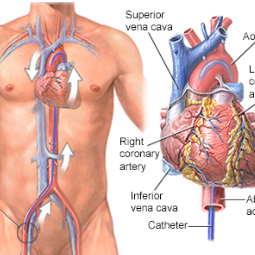


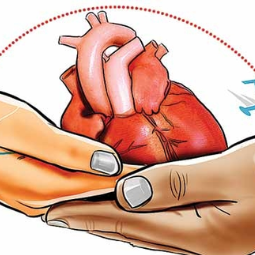
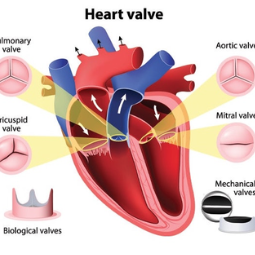
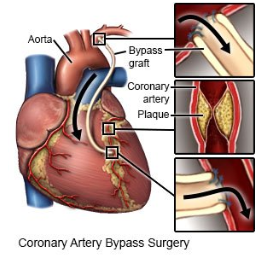
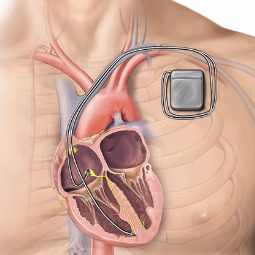
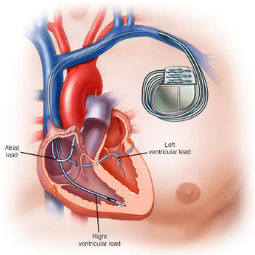
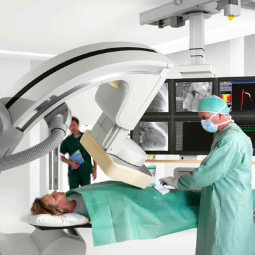
.png)